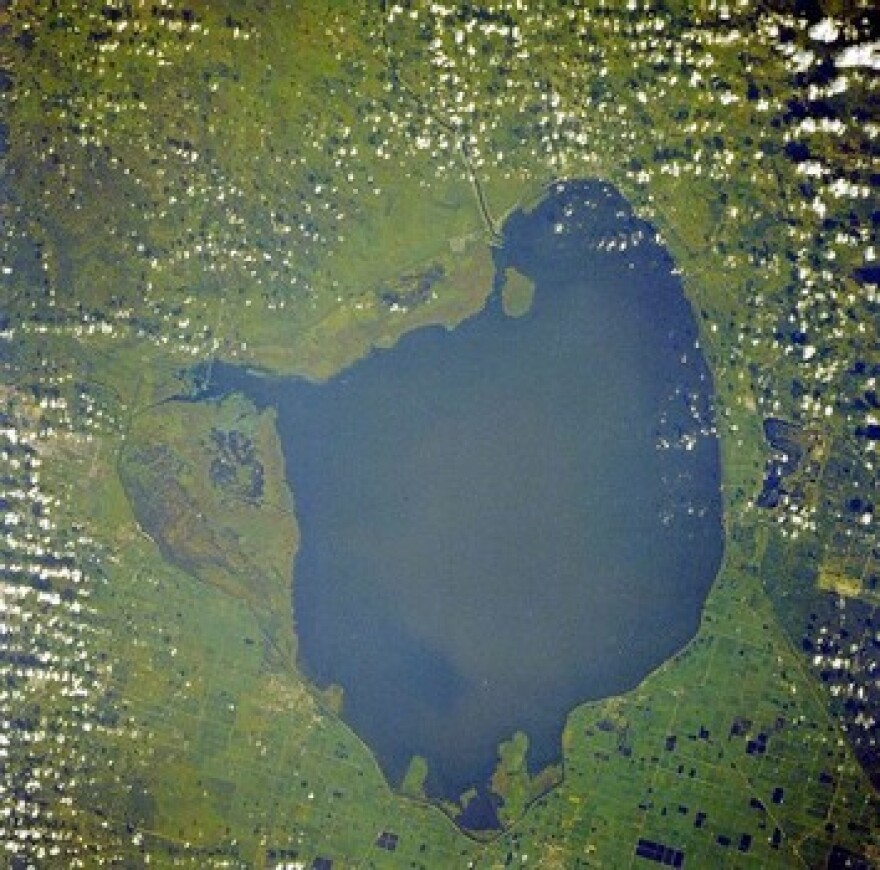The Florida Fish and Wildlife Conservation Commission (FWC) has launched a new project to remove invasive aquatic plants and evaluate nutrients removed to improve water quality in Lake Okeechobee. This effort is part of the FWC’s strategy to use a variety of tools and explore new techniques to best manage for quality fish and wildlife habitat in Florida.
In partnership with the Florida Department of Environmental Protection, U.S. Army Corps of Engineers and the South Florida Water Management District, the work began March 8 and will cover 35 acres on the lake.
Mechanical harvesters will be used to collect invasive floating plants, such as water hyacinths, and the plants will then be processed into a slurry or semi-liquid mixture. The slurry of plants will be pumped to nearby hayfields to enhance soil. The FWC will evaluate whether the project will benefit both the water quality of the lake as well as agricultural lands receiving the slurry mix.
“This project highlights the FWC’s commitment to seeking innovative and effective solutions to manage invasive aquatic plants in Florida,” said Melissa Tucker, Director of the FWC’s Division of Habitat and Species Conservation. “While it is too soon to tell if we will be able to use this technique on a larger scale, we are excited about the possibility of having a new tool in the toolbox.”
Reducing invasive plants and their associated nutrients in Lake Okeechobee has long-term benefits to the lake and the fish and wildlife that live there. Managing invasive aquatic plants is also important for recreational opportunities for the public and to maintain accessible navigation. Unmanaged invasive plants have a variety of negative impacts that can include reducing biodiversity and ecosystem health, impeding navigation, reducing water quality, and causing flooding issues.
While this project includes unique transporting methods to dispose of invasive plants and aims to utilize resources efficiently it may not be effective in all locations and situations. The FWC uses a variety of techniques, including biological controls, mechanical removal and herbicide treatments to manage invasive aquatic plants in Florida. An integrative pest management approach using a combination of techniques often achieves the greatest results in managing invasive plants.
For general waterbody information, fishing forecasts, virtual tours, plant control operation schedules and annual workplans, boat ramp information, and more, visit the “What’s Happening on My Lake” website at: https://ipm-myfwc.shinyapps.io/whoml/.
Copyright 2022 WQCS. To see more, visit WQCS.



